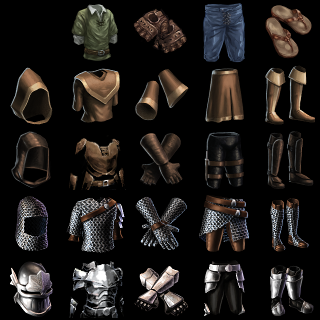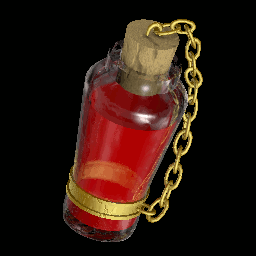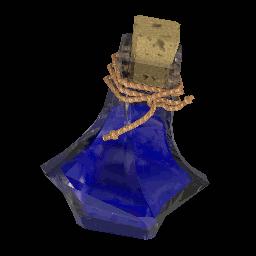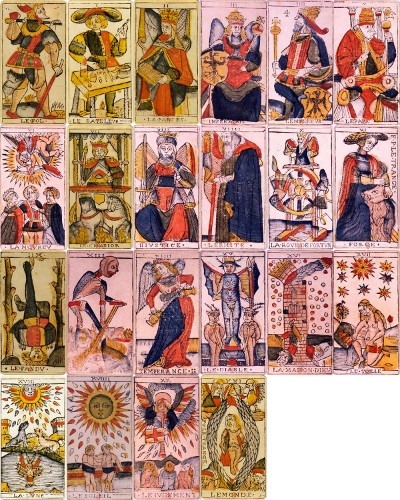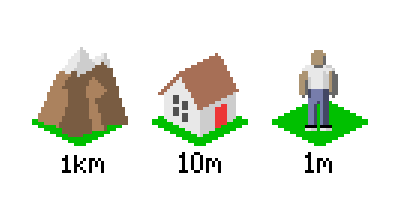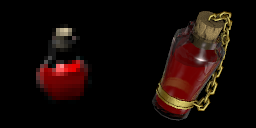The Practicality of CC-BY-SA for Game Art
I’ve been going back and forth on some thoughts about Creative Commons licenses for games, especially free/libre games. With license choice there tends to be a divide between ideals and pragmatics. Here’s a link to discussion on Open Game Art.
Let me preface by saying that I think the GPL is a great license, and copyleft is an interesting concept for building community art.
Usually when I release art I choose CC-BY-SA as the license. I’m starting to question whether that’s practical for several reasons.
First, I assume many projects have to just ignore CC-BY-SA art when browsing OGA. Many of our personal FLOSS games have CC-BY-SA art, but outside of our circles it’s probably not very common.
Second, it’s really unclear what the license protects. It’s probable that derivative works only applies to that piece of art, and not the rest of a game’s art. So game engines can likely load CC-BY-SA and proprietary art at runtime. I have no clue what that means for screenshots or video capture of the game engine’s output.
Third, I had this magical idea that my art would be easily reused in FLOSS games, and perhaps I could license the art to other games. But there are few existing FLOSS games that already match the genre and art style I’m creating. So I’d see a much wider audience outside. In the past I’ve given an extremely permissive commercial license for my art — the game owes a small one-time royalty if the game ever grosses $X. It’s just rare for any game to make money though. I haven’t made a cent from these arrangements, which isn’t a big deal for me. I have had good donations though from people using my art.
So I’m really tempted to start releasing everything CC-BY. I figure attribution is an acceptable requirement.
I’m interested in hearing more perspectives. If you use OGA to find art resources: do you have to ignore CC-BY-SA for your project? Do you find attribution too confusing still?
For artists who submit to OGA: ever released CC-BY art that was remixed/updated and the artist did not release those updates? Ever had CC-BY art end up in a wildly successful project with no return thanks? Anyone else make the transition from CC-BY-SA to CC-BY only?
Thanks OGA!
I’m not trying to convince others what they should choose — I’m mainly thinking about my own art and what my goals are. Making money? Wide Reuse? Remixing? Each goal has a preferred license.
This is only a concern for a tiny community, I’d imagine. The Share-Alike license seems to fall short for games. Maybe if my art were a more of a 3D game-ready quality I’d prefer proprietary licenses. Maybe if SA was “viral” like the GPL it would be better for copyleft enthusiasts.
I’ve gone in and updated most of my art licenses on Open Game Art to CC-BY 3.0, except where they contain art from another SA source.
If you’d like to see more CC-BY art released through the Flare project, I encourage you to donate. Also, if you are interested in commissioning new custom art please contact me directly.


